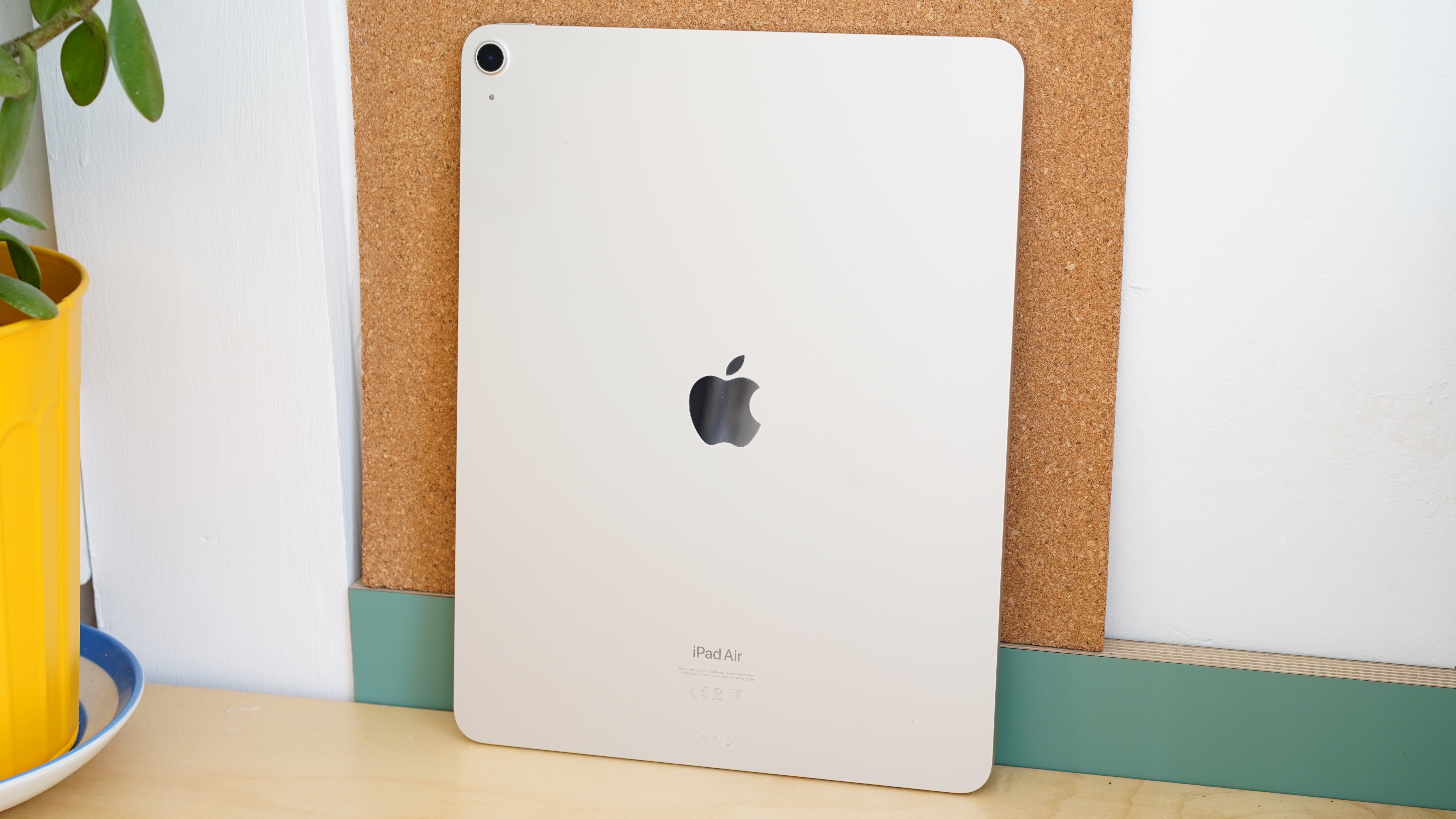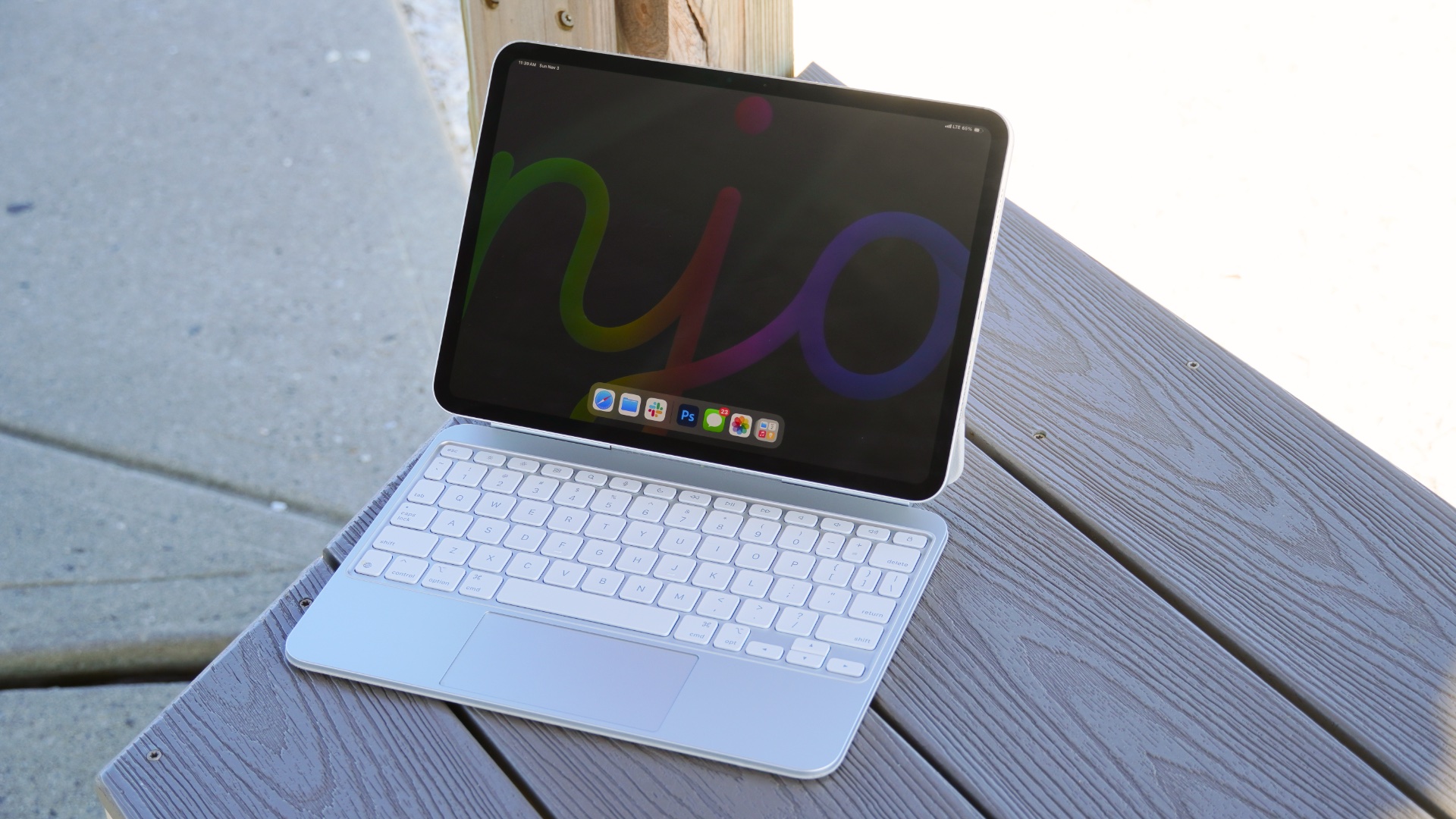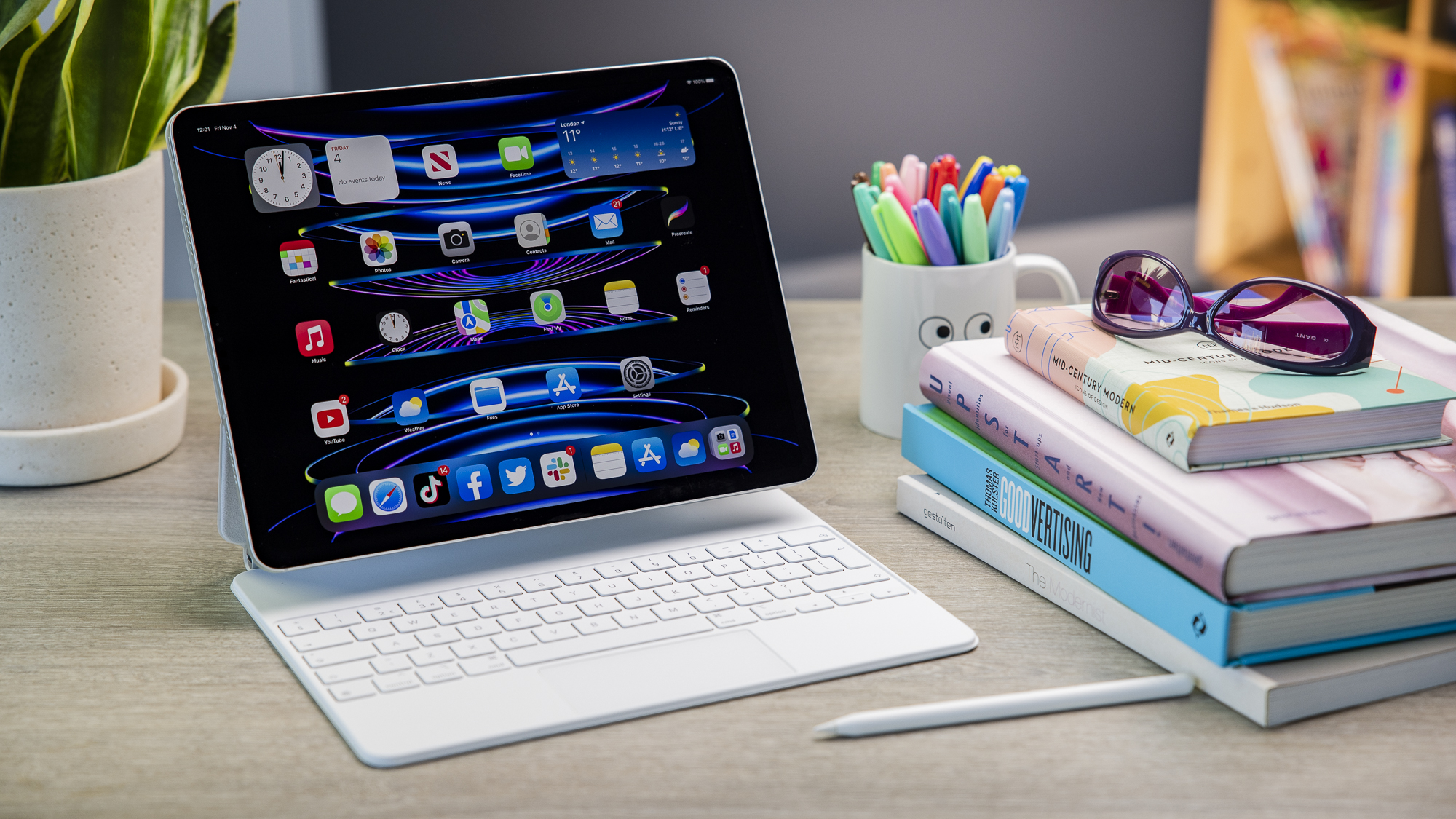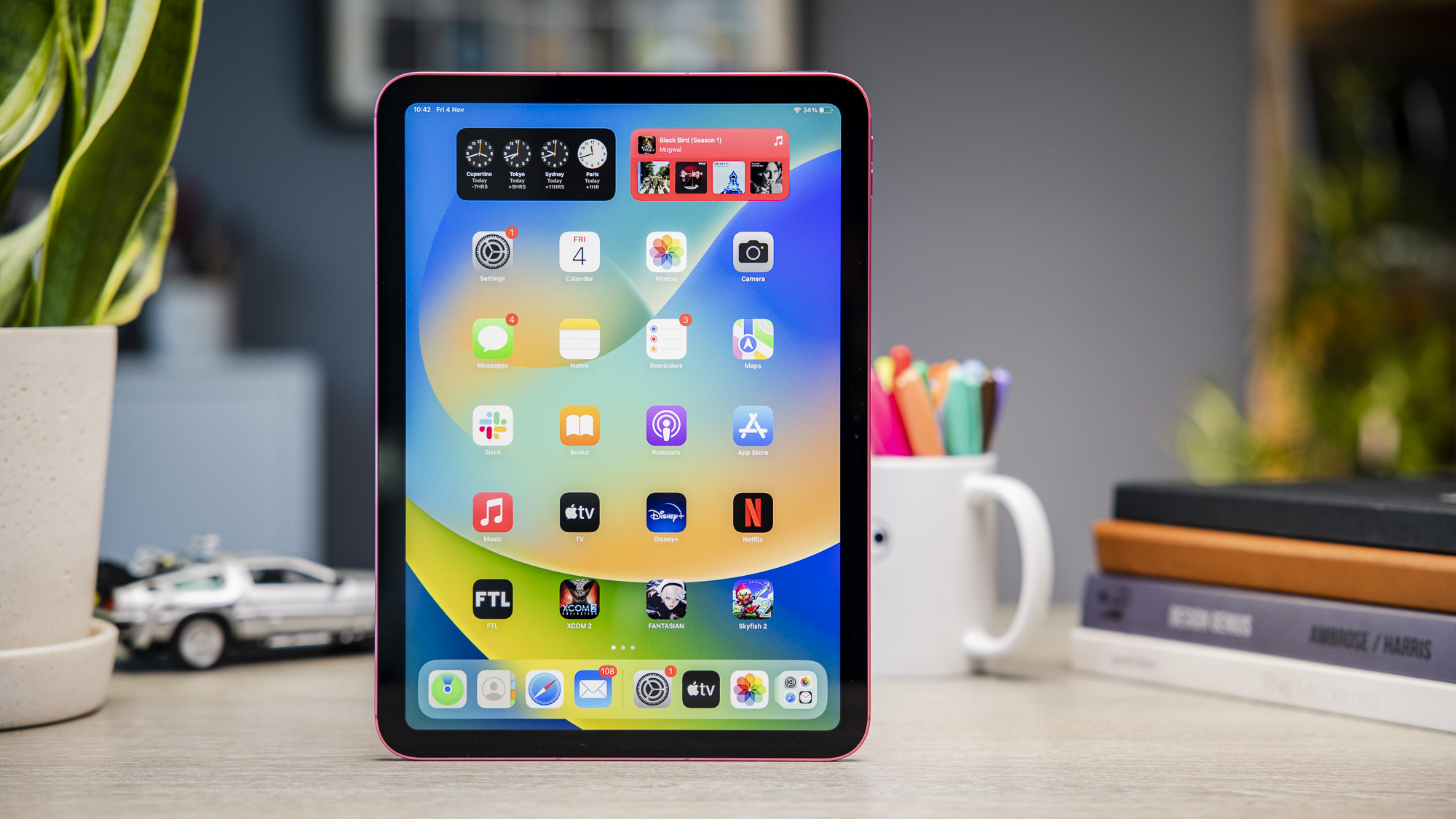Need a new tablet? Just buy an iPad.
Despite more competition than ever from Android, Fire and Windows tablets, that’s still the advice we’d give to most people.
Apple’s tablets are still unrivalled in terms of app support, with many developers specifically designing them to work well on the big screen. While it has a lot of similarities to iOS on the iPhone, iPadOS also feels slick and intuitive, something you can’t always say for Android.
However, there are several different models to choose from. Will the portability of the iPad mini, versatility of a regular iPad, extra power of the iPad Air or laptop replacement potential of the iPad Pro be right for you?
It’s worth noting that Apple has released new iPads in 2024 but older generations are still worth considering. Note that we have the iPad mini 7 in for review and will add it to this list soon.
If value for money is your top priority, consider a refurbished tablet. There are plenty of good deals available throughout the year, and iPads are consistently among the biggest discounts.
At the bottom of the page, you’ll also find detailed buying advice on how to decide which iPad is best for you.
Best iPad 2024
1. iPad Air 6 (2024) – Best iPad overall

Pros
- Bigger screen option much appreciated
- Feels decidedly ‘Pro’ in many ways
- Strong performance
Cons
- 60Hz display is getting tiresome
- Confusing accessory compatibility
- Not a massive upgrade on the M1 model
The iPad Air 6 (2024) covers more ground than any previous Air tablet, and is probably the iPad family most people should be looking to choose from. It delivers a new Pro-like 13in display option, near-Pro performance from Apple’s M2 chip, a timelessly solid design, and decent accessory compatibility.
Pricing varies hugely, meaning you really do need to consider what you want from your tablet in terms of display size, storage capacity, and connectivity. Where the Air starts overlapping with the Pro’s pricing, you have to consider whether the step up model’s phenomenal display, superior power, and advanced accessory options make it a better buy.
At the entry point of the new iPad Air range, however, it’s difficult to argue with it being the best all-round iPad for most people – and super sized option if you go for 13-inch rather than 11-inch.
It’s a slick, powerful tool for casual media consumption and light productivity tasks, and much like the outgoing model, nothing else really comes close unless you’re willing to pay a lot more to go Pro.
2. iPad Air 5 (2022) – Still a good buy

Pros
- Premium design
- Great accessory support
- iPad Pro-level performance
Cons
- No Face ID
- 60Hz display
The previous-gen iPad Air is still a good buy for a lot of people, and it’s not just down to the modern look, complete with a full-screen display and angled edges.
The key feature of the iPad Air is that it boasts the same Apple M1 chip as not only the iPad Pro range (of the same era) but some older desktop devices, meaning significant gains in both the CPU and GPU department. That makes it ideal for content creators, students and gamers that need laptop-level power on the go.
It’s much more powerful than any other non-Pro iPad, and it leaves the Android competition in the dust.
There’s also the bright and detailed 10.9-inch display to consider, and although it doesn’t offer the 120Hz ProMotion refresh rate technology of the Pro range, it can make use of the Magic Keyboard and second-gen Apple Pencil – something that can’t be said of any other non-Pro iPad.
There’s also 5G connectivity and a 12Mp Center Stage front-facing camera this time around, two of the biggest omissions from the 2020 model, making it easy to recommend to most everyday users.
3. iPad mini 6 (2021) – Most portable iPad

Pros
- Portable design
- Apple Pencil support
- A15 Bionic smarts
Cons
- More expensive than predecessor
- No Magic Keyboard support
- 60Hz refresh rate
The sixth-gen iPad mini ditches the old form factor for something more akin to the iPad Air and iPad Pro range, with an angular design, stereo speakers, Center Stage technology and much smaller bezels than before.
The iPad mini’s 60Hz display has jumped to 8.3-inches, but without changing the physical size of the tablet, allowing for more display real estate without affecting its portable nature. It’s a gorgeous display too, with the highest pixel density of any iPad right now, though it is a bit on the small side for true split-screen multitasking.
It’s powered by the same A15 Bionic as the iPhone 13 range, so you’ll still get excellent performance for many years.
The Touch ID sensor has been moved to the Power button as with the iPad Air, and there’s support for the second-gen Apple Pencil to boot. But the lack of a Smart Connector on the rear means that it doesn’t have its own Magic Keyboard – a real boon for the iPad Air and Pro range, and the only real chink in the mini’s armour.
4. iPad 10.2-inch (2021) – Best budget iPad

Pros
- Affordable
- Large display
- Great performance
Cons
- Dated design
- 1.2Mp camera
- Downward-firing speakers
It might’ve been superseded by the redesigned (and much more expensive) 10th-gen iPad, but there’s still very little to complain about where the 9th-gen iPad is concerned – so much so that Apple is still selling it as the true entry-level tablet.
If you’ve got the seventh- or eighth-gen iPad, there might not be enough to tempt you, but there’s a lot to love here if you’re coming from an older device or want to dip your toe into the iPad experience.
The 10.2-inch screen offers TrueTone tech that’ll automatically adjust the colour balance based on your environment, and there’s improved colour accuracy too. There are also improvements to the software with iPadOS, an upgrade to the A13 Bionic (the same as the iPhone 11) and most importantly, upgraded the base storage from an unusable 32GB to 64GB, and there’s a 256GB model for those that need a little more storage too.
Considering the affordable price, that’s an impressive feat for the budget iPad. Sure, it doesn’t have a laminated display, ProMotion 120Hz refresh rate or an updated design like others in the iPad collection, but we can’t expect these things without a higher price and blurring the lines to those premium models.
If you don’t care about the latest specs and just want an iPad to use for gaming and social media, this is a great entry point that won’t break the bank.
5. iPad Pro (2024) – Best premium iPad

Pros
- Blazing fast performance
- Tandem-OLED display is stunning
- Plenty of support for creative apps
- Excellent redesigned Magic Keyboard
Cons
- iPadOS still less suitable for productivity than macOS
- Some thermal issues
- Expensive
6. iPad Pro (2022) – Best value Pro

Pros
- Best-in-class display
- Mac-based M2 processor
- Upgraded front camera
Cons
- More expensive than ever
- iPadOS can’t take advantage of M2 power
It’s the old Pro model now but with an M2 chipset that’s still perfectly good for most people. The M4 models might have arrived for 2024 but they have a similar problem to this iPad when it first arrived, it’s overkill for most people and tasks.
That means this older model, now available at lower prices, is a good value option if you don’t need the latest and greatest (or can’t afford the M4).
The accompanying 120Hz mini-LED display (available on the 12.9-inch but not 11-inch models) model exclusively) is perfect for graphics design, watching movies and browsing social media. Elsewhere, the 12Mp front-facing camera with auto-tracking tech is ideal for those working remotely – though it’s not placed on the long edge like with the 10th-gen iPad.
Paired with the Magic Keyboard it has the potential to be a true laptop replacement, but it’s still a pricey one.
7. iPad 10.9-inch (2022) – A decent modern iPad

Pros
- Modern design
- Great performance
- Switch to USB-C
Cons
- Not an entry-level tablet like previous-gen
- Doesn’t do anything the older iPad can’t
The 10th-gen iPad is a tough one.
If you look at the tablet by itself, it’s a great upgrade: it boasts the same modern look as others in the iPad collection, there’s a boost in power using the same A14 Bionic as the iPhone 12 and the new colour options are the most vibrant we’ve seen. It’s a good-looking, capable tablet that’s hard to complain about.
There’s a catch though; it’s much more expensive than the entry-level iPad from 2021, starting at an increased £499/$449 when paying full price. That muddies the water somewhat as it’s no longer the ideal entry-level tablet – that’s still the iPad 10.2in from 2021 – and it brings it closer to the iPad Air and iPad mini. The Air, in particular, offers quite the upgrade with support for the improved second-gen Apple Pencil and Apple’s M1 chipset, and it doesn’t cost that much more in the grand scheme of things.
There’s also the fact that, while better-looking, it doesn’t really do anything that the old, cheaper iPad can’t do. So, while it’s a great tablet in its own right, it struggles against the rest of the existing iPad range.
What should I look for when buying an iPad?
Form factor
iPads come in all shapes and sizes, and it’s more of a question of preference than simply going for the biggest tablet you can get your hands on. Bigger isn’t always necessarily better, especially if you’re looking for a portable tablet you can use on the go.
In terms of screen size, you’ve got these options available:
- iPad mini: 8.3-inch
- iPad (2021): 10.2-inch
- iPad (2022): 10.9-inch
- iPad Air (2022): 10.9-inch
- iPad Air (2024): 11-inch
- iPad Pro 11: 11-inch
- iPad Pro 12.9: 12.9-inch
- iPad Air (2024): 13-inch
Of course, a larger screen is going to provide a more immersive entertainment experience, whether you’re watching movies on Netflix or playing Call of Duty: Mobile, but as the screen size increases, so does the weight.
While the iPad mini weighs only 293g, the iPad Pro 12.9 weighs a whopping 582g – almost double the weight – although the iPad Air strikes a nice balance with an 11in display and a weight of only 462g. It really does depend on your preferences and how you intend to use the iPad.
It’s also worth noting that the iPad Pro, iPad Air, iPad mini and the latest 10th-gen iPad feature the best screen-to-body ratio in the current collection, ditching the chin and forehead present on the entry-level 9th-gen iPad, but whether that’s worth paying a premium for is up to you.
Performance
The level of performance varies among the current iPad offering, with the entry-level iPad 10.2in featuring the A13 Bionic chipset – the lowest in the current range. That’s bumped up to the A14 Bionic on the newer 10th-gen iPad, and the iPad mini takes it a step further with the A17 Pro. However, those looking for the most power should opt for the Apple M2-based iPad Air or the even more powerful M4 found within the latest iPad Pro range.
What does that mean? If you’re looking to use your iPad for work and intend on editing videos and creating graphics, you’ll benefit from the M1 or M2/M4 chipset of the iPad Pro range or the most recent iPad Air. If you’re only looking for an iPad to browse the web, use your favourite apps and play games, the standard iPad 10.2, iPad 10.9 or iPad mini should suffice.
5G or 4G
All of the iPads come with a choice of Wi-Fi-only or cellular models, but not all offer 5G support.
If you want to use the fastest networking speeds, you’ll need to steer clear of the entry-level 10.2in iPad – it’s the only tablet in the existing collection that’s still on 4G. The latest iPad, Air, Mini and Pro models all offer super-fast connectivity.
Accessories
Consider the accessories available for each iPad, as it’s not a uniform offering: the Magic Keyboard with a built-in trackpad and innovative cantilever hinge that turns the tablet into a true laptop competitor is only compatible with the iPad Pro and iPad Air. It’s a similar story with the second-gen Apple Pencil too, though that’s also supported by the 2021 iPad mini.
You do have a Smart Keyboard and first-gen Apple Pencil available for other iPads, but it’s not the same experience as what you’ll get from Apple’s latest Magic Keyboard and Apple Pencil. If using Apple’s high-end accessories is a key part of what you’ll be doing with the iPad, you should consider an iPad Pro or Air.
Price
Most importantly of all, you’ve got to decide just how much you want to spend on a new iPad. The good news is that Apple has expanded its iPad portfolio in recent years, with options to suit every budget.
The 10.2-inch iPad is the cheapest in the range at only £369/$349, and it goes all the way up to £2,599/$2,599 for the 2TB variant of 12.9in iPad Pro.


